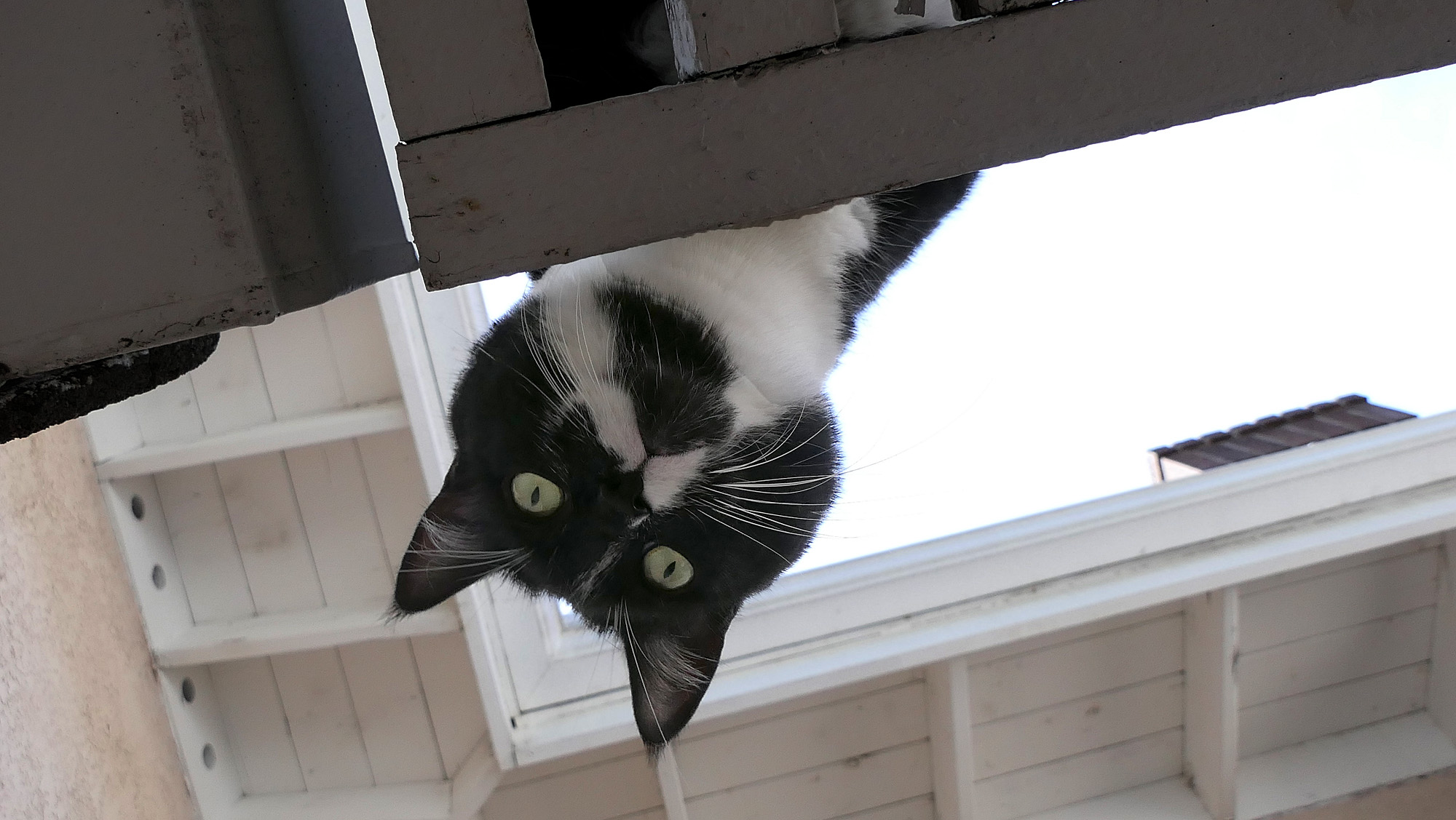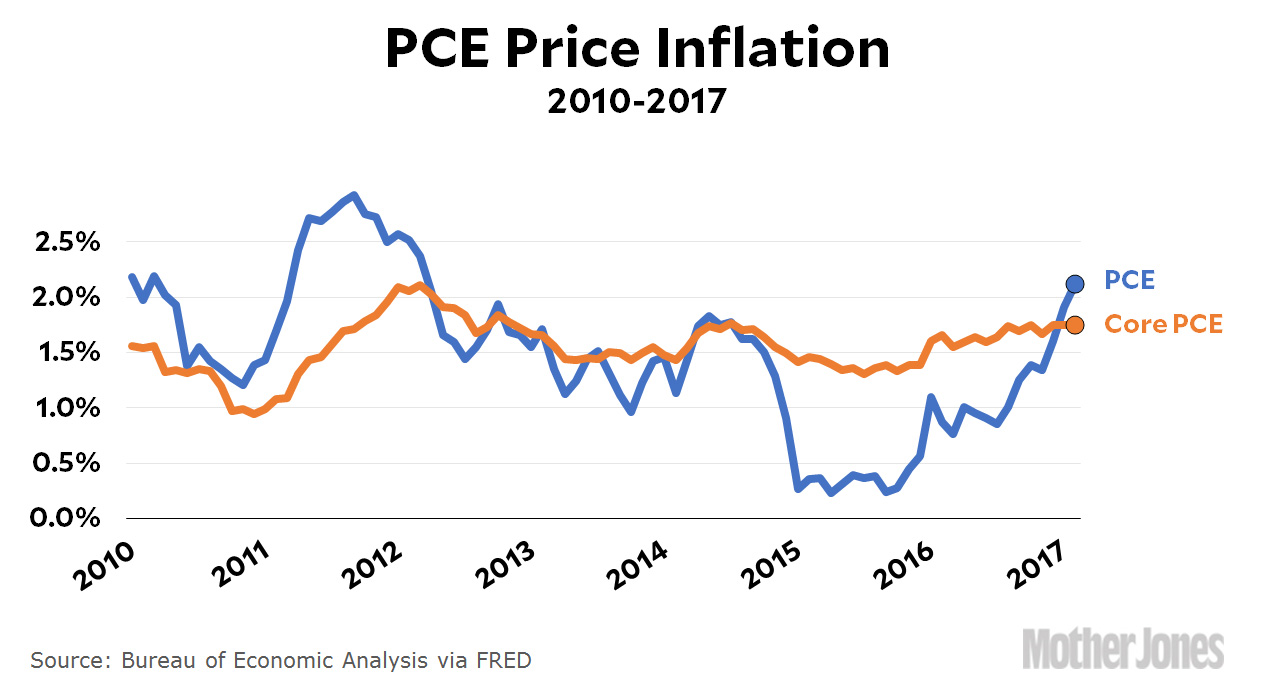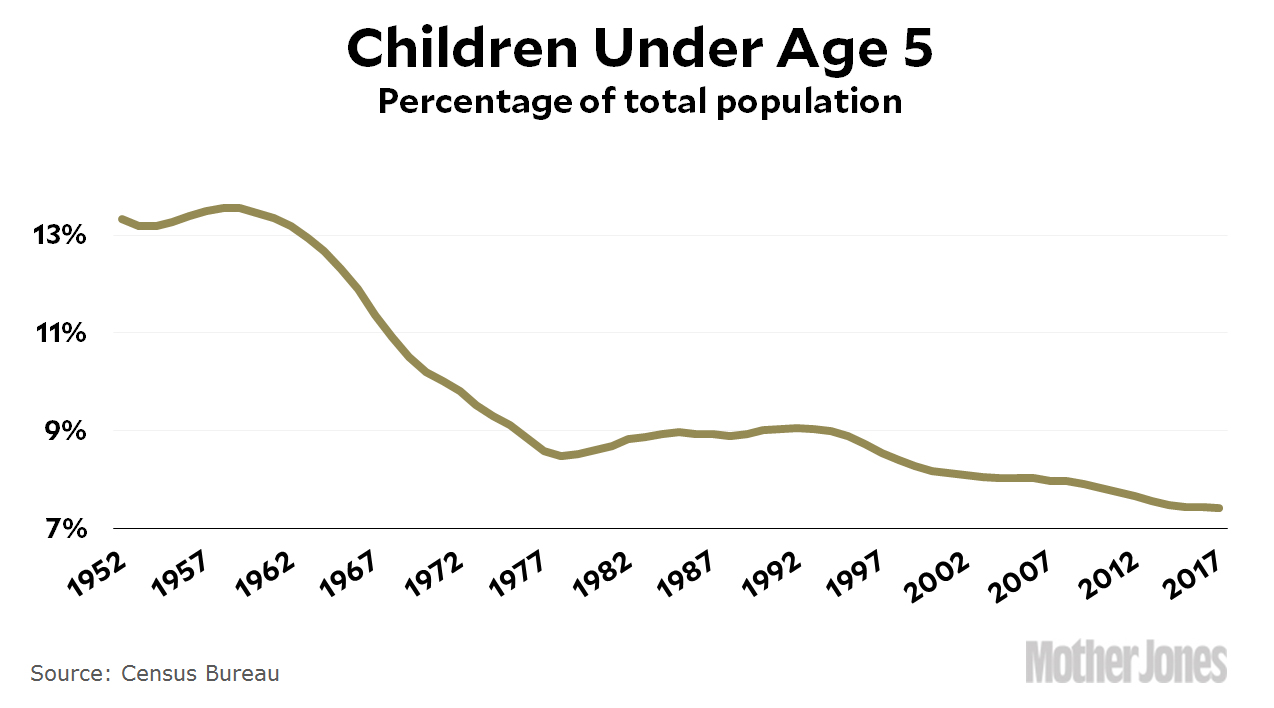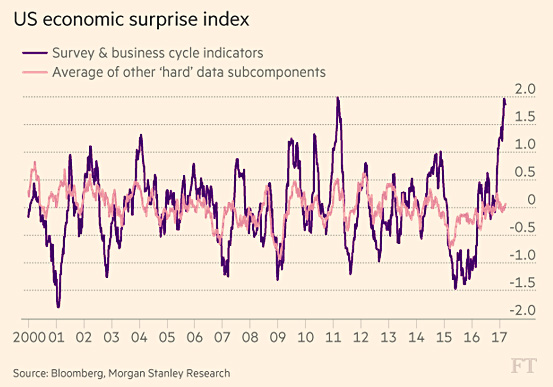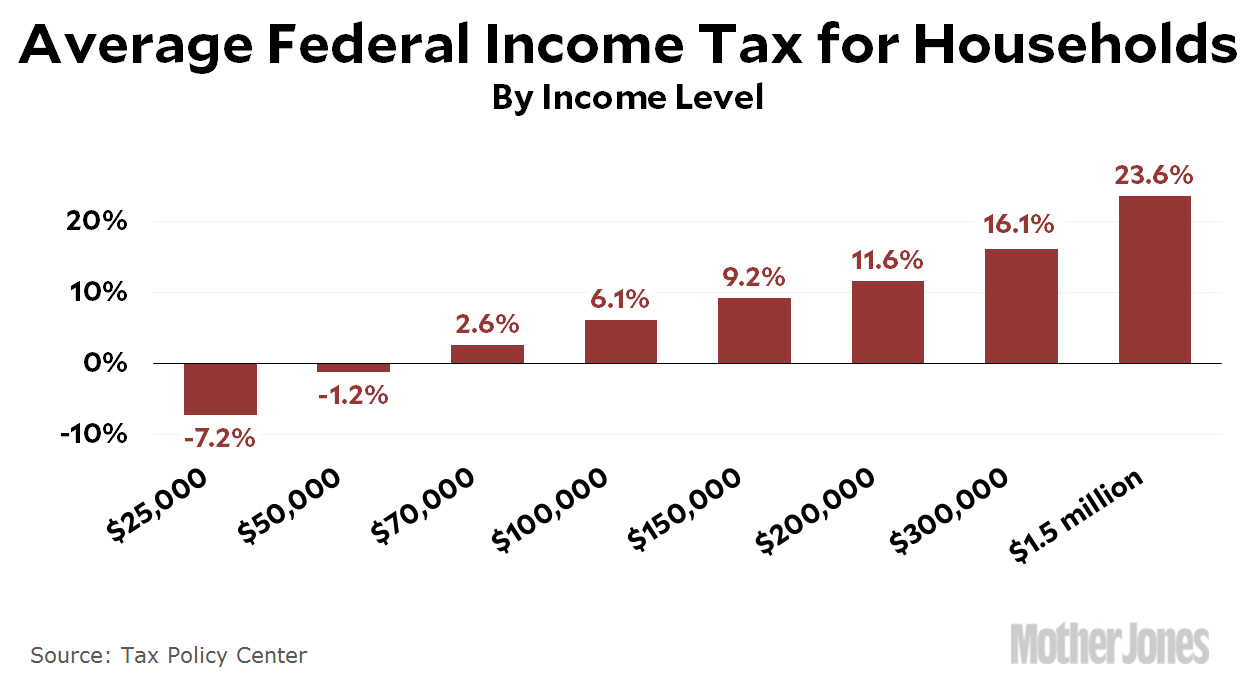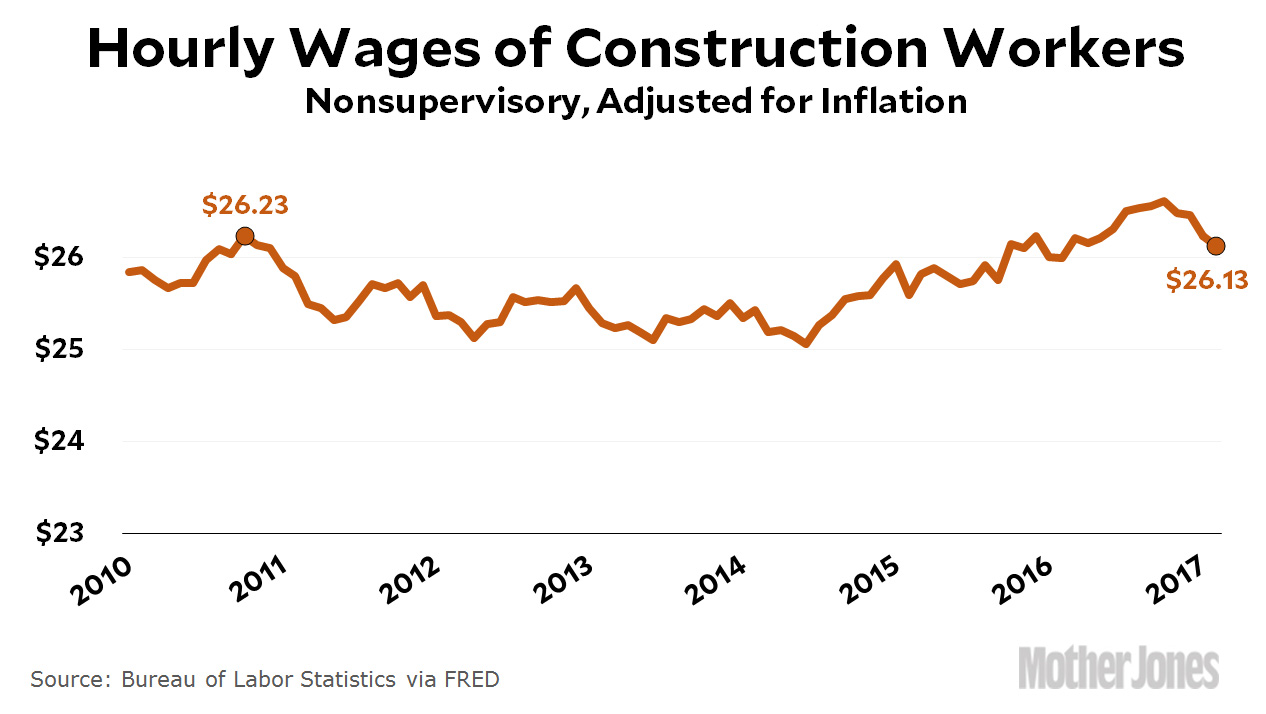Here is Hilbert in one of his favorite places, up on the patio cover. He is, as usual, puzzled about why one of his servants is constantly pointing some big black thing with a shiny eye in his face.
This is, by the way, the sharpest picture you’ve ever seen of Hilbert. Here at MoJo, mobile users have outpaced desktop dinosaurs like me for a while, and we’re eventually planning to cater more to this crowd by featuring higher resolution photos. I’ve decided to get a head start and give it a try. For the past few days, all my homemade photos and charts have been displayed in high res.
The upside, of course, is that everything looks better if you’re using a high-res device like a smartphone or—especially—a tablet with a retina display. My charts look great! The downside is that high-res images are considerably bigger, so if you’re on a slow mobile connection it might take a few more seconds for everything to load. And if you’re using a low-res desktop monitor, you won’t notice much difference at all. Comments welcome.
